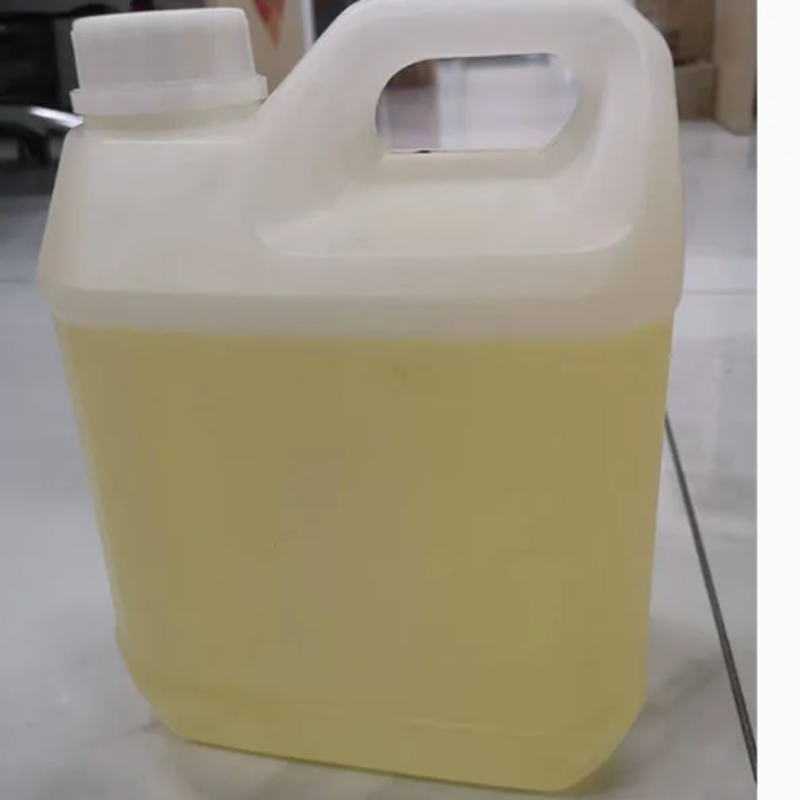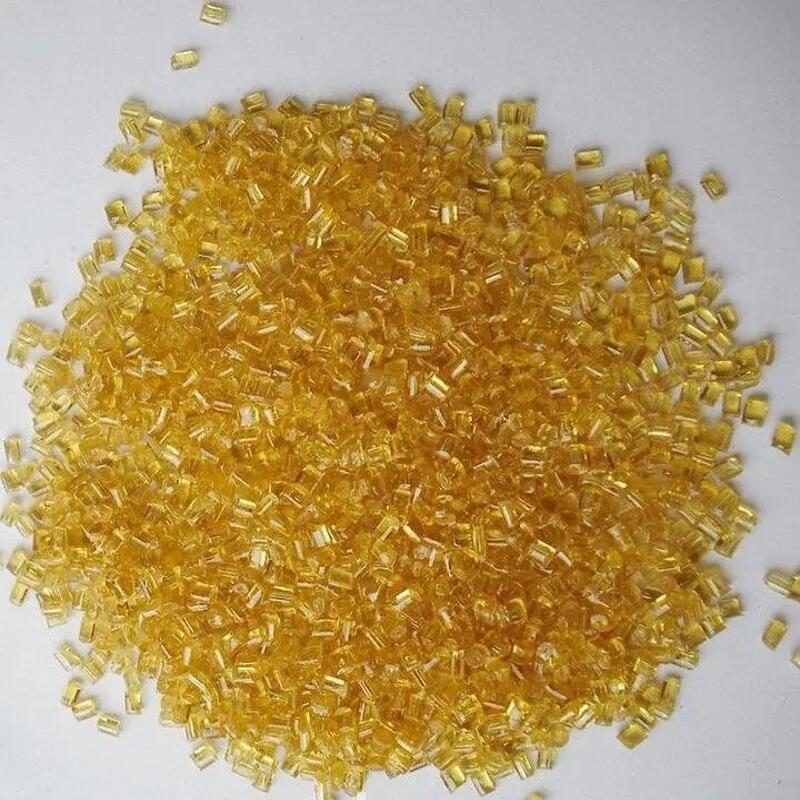-
Categories
-
Pharmaceutical Intermediates
-
Active Pharmaceutical Ingredients
-
Food Additives
- Industrial Coatings
- Agrochemicals
- Dyes and Pigments
- Surfactant
- Flavors and Fragrances
- Chemical Reagents
- Catalyst and Auxiliary
- Natural Products
- Inorganic Chemistry
-
Organic Chemistry
-
Biochemical Engineering
- Analytical Chemistry
-
Cosmetic Ingredient
- Water Treatment Chemical
-
Pharmaceutical Intermediates
Promotion
ECHEMI Mall
Wholesale
Weekly Price
Exhibition
News
-
Trade Service
Multilayer plastic materials are ubiquitous in food and medical supplies packaging because multi-layer polymers can impart special properties to plastic films, such as heat resistance or moisture control, but it is difficult to recycle these multi-layer plastic materials by conventional methods
About 100 million tons of multilayered thermoplastics are produced globally each year, each consisting of up to 12 different layers of polymers
Using a series of solvent washes guided by thermodynamic calculations of polymer solubility, a team led by George W.
Multilayer plastic materials are ubiquitous in food and medical supplies packaging because multi-layer polymers can impart special properties to plastic films, such as heat resistance or moisture control, but it is difficult to recycle these multi-layer plastic materials by conventional methods
About 100 million tons of multilayered thermoplastics are produced globally each year, each consisting of up to 12 different layers of polymers
Using a series of solvent washes guided by thermodynamic calculations of polymer solubility, a team led by George W.
.
In particular, it enables multi-layer plastic manufacturers to recycle 40% of the plastic waste generated during production and packaging
.
.
As the complexity of multilayer plastics increases, so does the difficulty of identifying solvents that can dissolve each polymer
.
The researchers have set out to develop a new computational model to calculate the solubility of a target polymer in solvent mixtures at different temperatures, thereby narrowing the number of potential solvents that can dissolve the polymer
.
.
The research team also hopes to understand the environmental impact of the solvents used and build a green solvent database that will allow it to better balance the efficacy, cost and environmental impact of various solvent systems
.
.
In particular, it enables multi-layer plastic manufacturers to recycle 40% of the plastic waste generated during production and packaging
.
.
As the complexity of multilayer plastics increases, so does the difficulty of identifying solvents that can dissolve each polymer
.
The researchers have set out to develop a new computational model to calculate the solubility of a target polymer in solvent mixtures at different temperatures, thereby narrowing the number of potential solvents that can dissolve the polymer
.
.
The research team also hopes to understand the environmental impact of the solvents used and build a green solvent database that will allow it to better balance the efficacy, cost and environmental impact of various solvent systems
.







